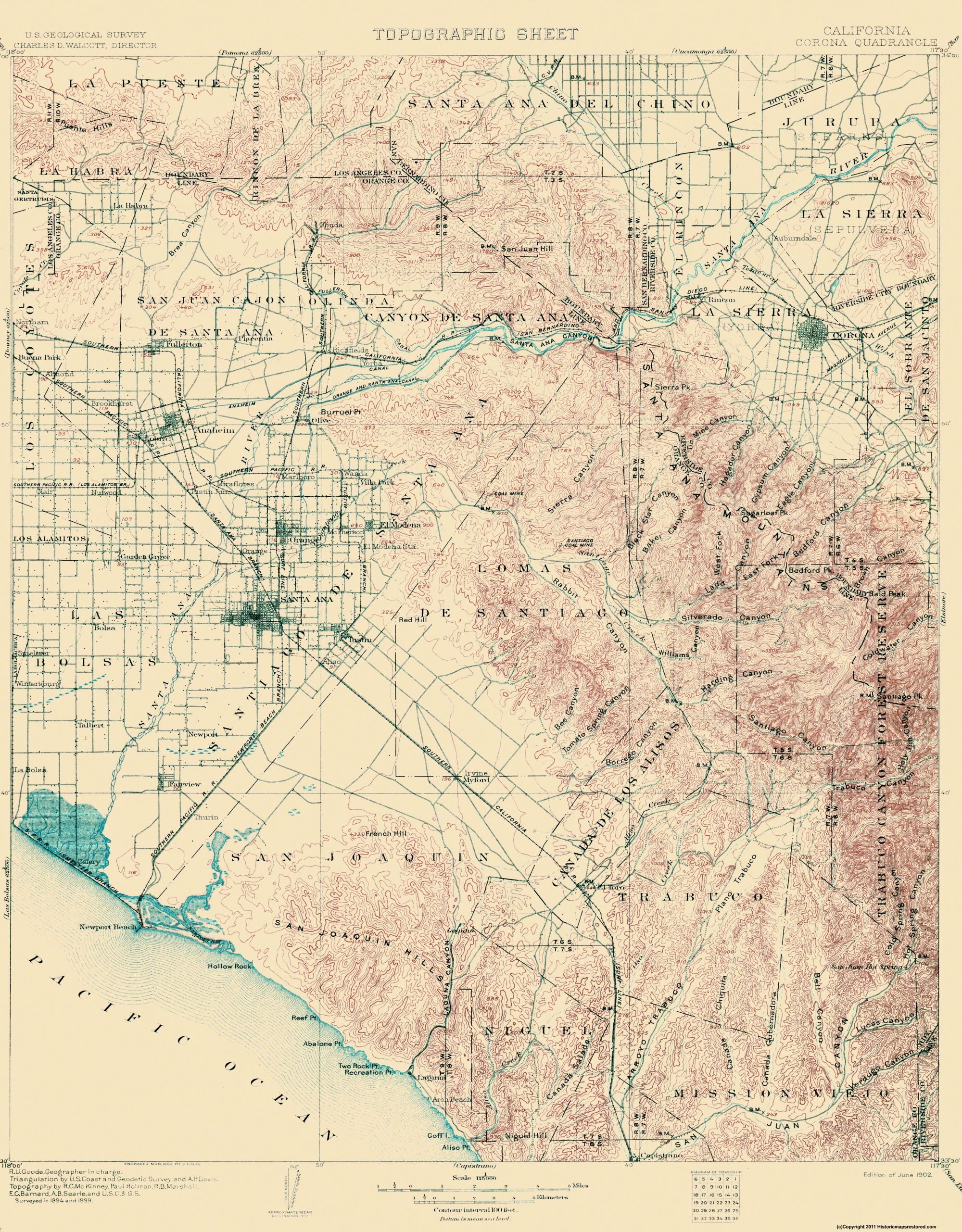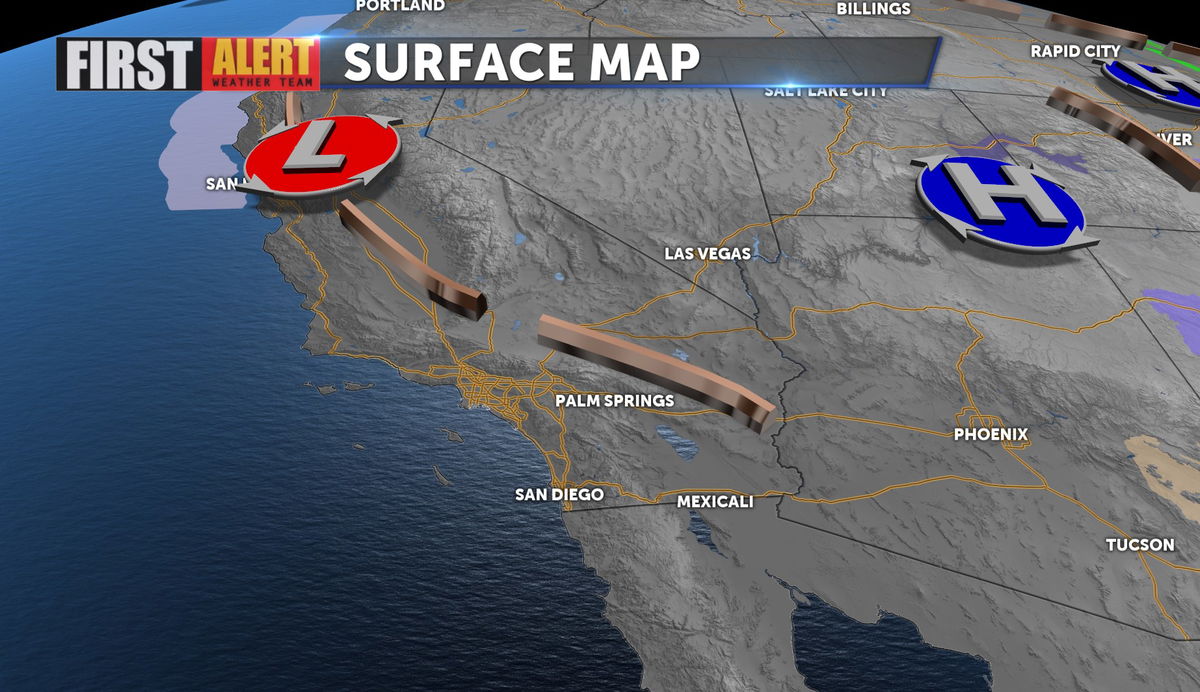

Nor can we wait a year or more for a vaccine.


That would take many months and be accompanied by an unacceptable death toll. How then do we restart the economy? We cannot simply wait for herd immunity to develop from natural infection. All of those are impossible with fast-spreading influenza. Additionally, the incubation period allows an asymptomatic person more opportunity to spread disease.īut these factors will give the country more time to expand testing and contact tracing, and to isolate and quarantine contacts. With social distancing - necessary to reduce deaths by keeping hospitals from being overwhelmed - it will take even longer. Therefore even without social distancing it would take months for the outbreak to pass through a community, as opposed to six to 10 weeks for influenza. Third, the incubation period, on average nearly six days, is roughly triple the average incubation period of influenza, and the disease itself takes much longer for people to recover from and stop shedding virus. For the same reason, the consensus view of virologists seems to be that those who recover from the illness probably develop immunity lasting a year and possibly longer, and that a vaccine will most likely protect reasonably well against Covid-19. Moreover, because the spike protein is a key part of the virus likely to be recognized by the immune system, then mutation will probably not account for a new wave soon. Since the virus does not mutate nearly as fast as influenza, this reduces almost to zero the chance that it will become more virulent, as happened in 1918. Amid all of the bad news that this virus has brought, this characteristic of the virus is a silver lining in several ways. Second, Covid-19 mutates much more slowly than influenza, and its key spike protein - the part of the virus that attaches to cells - seems particularly stable.

Nothing is certain and little is known about Covid-19, but a few things are likely. This hypothesis is supported by the fact that exposure to the first wave provided up to 89 percent protection against second wave illness (the best vaccine in the last 15 years provided 62 percent protection), but neither first nor second wave exposure protected against that third wave. It probably accounts for the timing of the third wave in 1919: It seems likely that by then, the virus had changed enough that any immunity to the initial virus didn’t protect well against its mutated form. Susceptibility clearly was a more important factor than the seasons, because it turned out that the entire world - young and old people on every continent - was susceptible to the disease. (Australia was hit late its rigid quarantine of arriving ships delayed the pandemic’s arrival until January 1919, the middle of its summer.) Then a third wave began in February 1919, marking two distinct pandemic waves in the same influenza season, a highly unusual occurrence. It struck relatively few places in the United States or around the world, followed by a lethal second wave which began in Switzerland in late July and spread rapidly around the world from September to December 1918, hitting the Northern and Southern Hemispheres simultaneously. That pandemic had a mild first wave which began in February 1918.


 0 kommentar(er)
0 kommentar(er)
